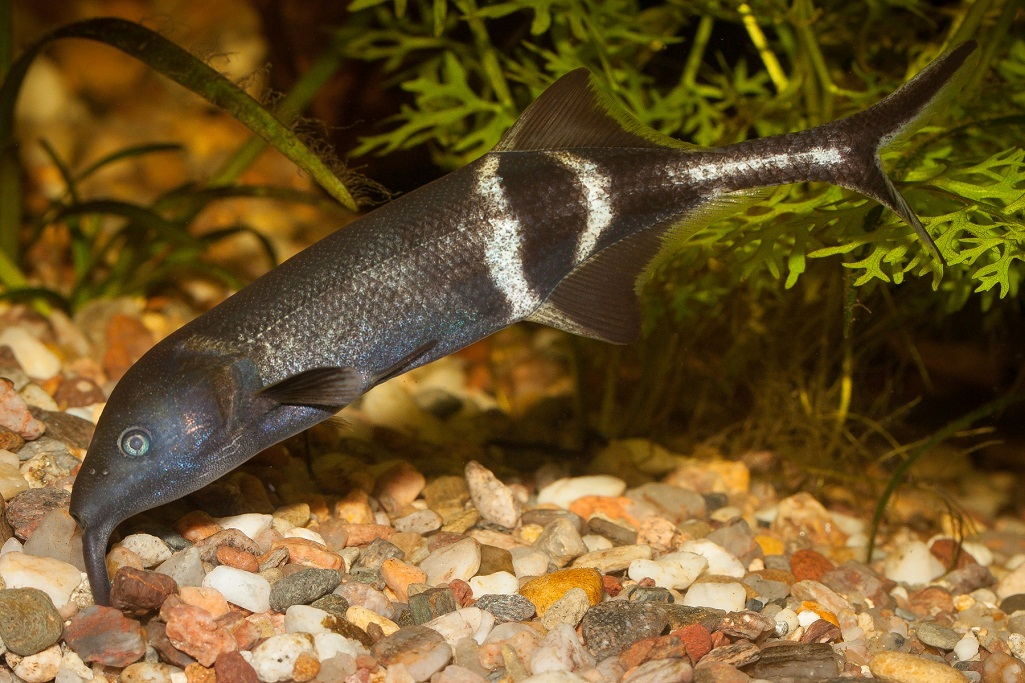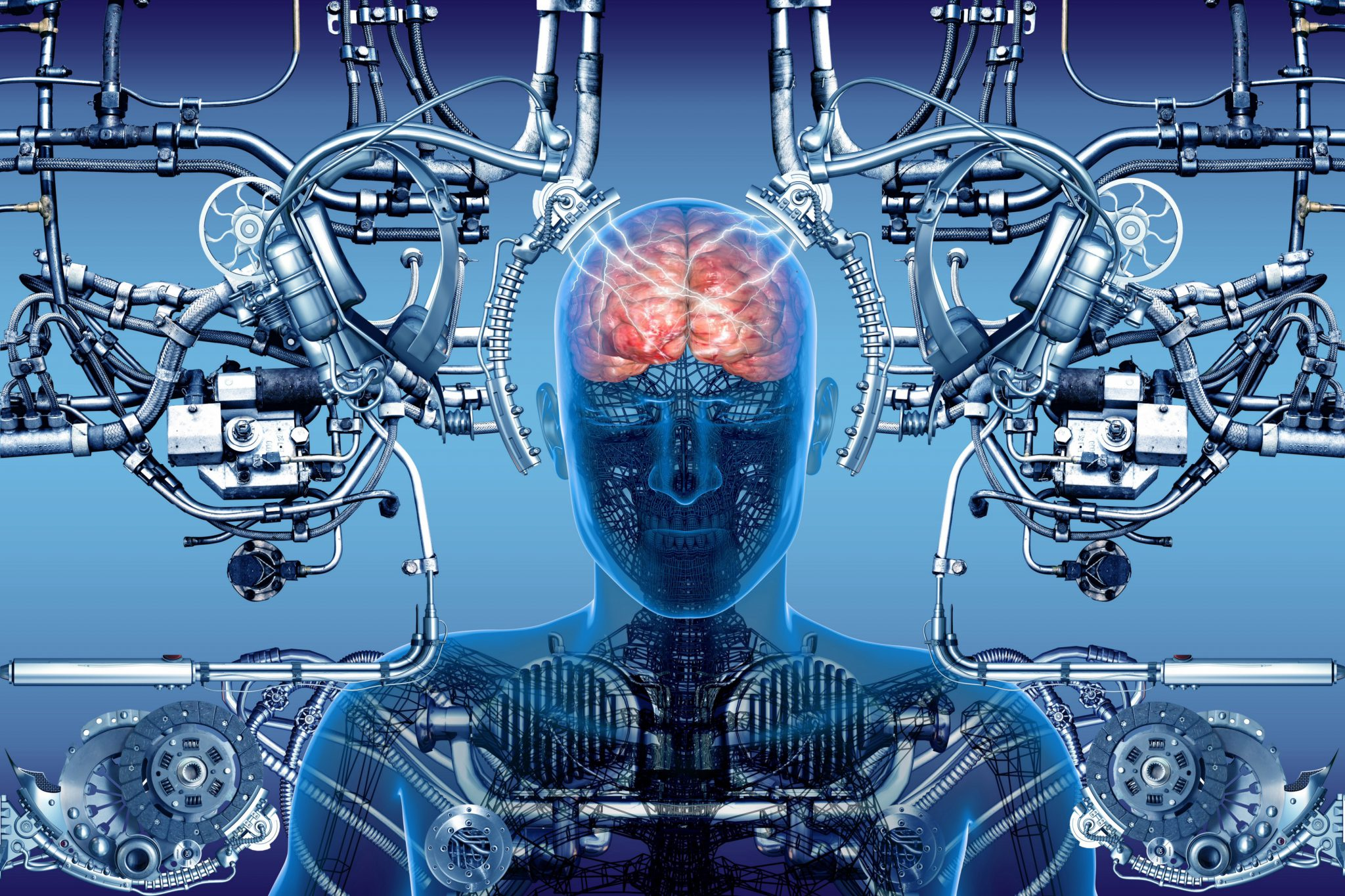The elephantnose fish, a fascinating example of nature’s innovation, captivates scientists with its unique abilities as a weakly electric fish. Named for its elongated, trunk-like head, this remarkable species dwells in the murky waters of Africa, where it utilizes electrical pulses to communicate and navigate. Researchers are exploring how the behaviors of the elephantnose fish can inform the development of advanced AI systems through the lens of NeuroAI, which examines both biological agents and artificial intelligences. By deciphering the intricate social dynamics demonstrated by these fish, scientists hope to gain insights into collective intelligence, an area crucial for understanding interactions among various entities. As we delve deeper into the world of these electric fish, the potential to reveal complex behaviors and enhance our grasp of intelligent systems becomes increasingly evident.
Commonly referred to as the trunkfish, the elephantnose fish stands out for its weakly electric capabilities that are pivotal for survival in its natural habitat. This peculiar fish utilizes electro-sensory perception to interact and communicate within its environment, illustrating a remarkable method of social coordination. Current research emphasizes the significance of studying such biological agents, particularly in relation to their contributions to the field of NeuroAI. This burgeoning domain searches for parallels between the communicative patterns of electric fish and the functioning of AI systems designed for collaborative tasks. By observing how these fish engage in collective behaviors, researchers are laying the groundwork for innovations in technology that mirror these naturally occurring processes.
Understanding Electric Fish and Their Unique Communication
Electric fish, particularly the elephantnose fish, utilize an extraordinary mode of communication that has captured the interest of researchers in NeuroAI. Unlike conventional communication methods, these fish emit electric pulses to create a complex language system. This unique ability to generate and sense electric fields allows them to interact with each other in their often murky habitats. By studying the communication patterns of the elephantnose fish, researchers aim to unravel insights about collective behaviors that could inform the development of artificial intelligence systems.
The distinct pulses created by electric fish, such as the elephantnose fish, function as a means of conveying essential information related to mating, aggression, and collaboration. Each type of pulse acts as a conversational element, where variations in frequency and intensity communicate different messages. This electric ‘language’ can reveal how social dynamics operate in this species and can serve as a comparative framework for understanding collective intelligence among humans and machines alike. By exploring how these biological agents communicate, researchers can draw parallels to enhance AI communication frameworks.
The Role of Collective Intelligence in Multi-Agent Systems
Collective intelligence, as exhibited by species like the elephantnose fish, is characterized by emergent behaviors resulting from interactions among multiple agents. In the context of multi-agent systems, this principle suggests that the sum of individual actions can lead to complex group behaviors that are not merely predictable based on single-agent operations. In essence, understanding these dynamics can significantly advance our knowledge of AI systems, particularly when designing agents that need to collaborate, compete, or adapt in real-time environments.
Research has shown that the collective dynamics observed in electric fish groups can elucidate how cooperation and competition conditions influence behavior. For instance, when in larger groups, elephantnose fish exhibit enhanced foraging efficiency by leveraging the information shared through their electric pulses. Such findings highlight the potential applications in AI, where algorithms can be developed to simulate similar interaction patterns, maximizing resource use and improving decision-making processes. As we continue to explore these dynamics in both biological and artificial systems, the understanding of collective intelligence becomes integral to developing smarter and more effective AI.
Inspired by the behaviors of electric fish, ongoing studies aim to uncover the underlying principles governing collective interactions. Through simulating these interactions, researchers can manipulate variables to observe how cooperation and competition arise within artificial systems. This research could pave the way for creating autonomous agents capable of navigating complex social landscapes, much like their biological counterparts. Investigating the signals and responses within these systems reveals the intricacies of team dynamics, potentially leading to innovative strategies that enhance both AI performance and biological agent interactions.
Modeling Elephantnose Fish Behavior to Advance AI Systems
The study of elephantnose fish behaviors offers a unique opportunity to model interactions that could significantly inform AI development. Researchers have begun creating computer models resembling the communication patterns of these electric fish, allowing them to explore how collective intelligence emerges in varying environments. Through these simulations, scientists can manipulate elements that are otherwise challenging to control in physical experiments, providing valuable insights into the underlying processes that govern social dynamics among agents.
By analyzing how elephantnose fish communicate and cooperate under different ecological pressures, researchers can begin to derive principles that apply to artificial intelligence systems. The distinct strategies utilized by these fish when foraging, especially in group settings, can inform AI behaviors in swarm technology or collaborative robotics. As these artificial agents begin to mirror the collective decision-making observed in nature, their ability to adapt and solve problems will likely improve, paving the way for more advanced and autonomous AI systems that can operate in diverse environments.
Exploring the Ecological Context of Electric Fish
The habitats of electric fish, particularly the muddy rivers and slow-moving streams of western and central Africa, play a crucial role in their development and communication methods. If we consider the elephantnose fish’s environment, it is rich in ecological challenges that sharpen their use of electric pulses for navigation and interaction. Understanding these contextual factors enhances the knowledge base for scientists studying not only the fish but also the ecosystems they inhabit. When developing AI based on their behaviors, these environmental considerations should shape how systems are designed to operate in real-world scenarios.
Electric fish thrive in environments where visibility is limited, which has driven the evolution of their electro-sensory systems. By studying these adaptive behaviors, researchers can better understand how both biological and artificial agents can interact with their surroundings using sensory modalities. It opens pathways to create AI applications capable of operating in perceptually challenging environments, mimicking how the elephantnose fish utilizes its electric field for effective communication. This research highlights the potential for AI systems to learn from nature and adapt accordingly, which is crucial for future advancements in the field.
Simulating Evolutionary Dynamics in AI Systems
Simulating the evolutionary behaviors of the elephantnose fish presents enticing possibilities for informing AI research. The idea that cooperative or competitive behaviors emerge in response to ecological pressures holds potential as researchers look to design AI systems that not only mimic these traits but also refine them through simulated evolutionary processes. By creating environments where artificial agents must adapt to varied resources and strategies, scientists can observe how competitive interactions influence long-term survival and efficacy.
This approach to modeling highlights the dynamic nature of behaviors within biological agents, suggesting that understanding these intricacies could lead to significant advancements in AI. Rather than designing static systems, the insights gleaned from electric fish could inspire adaptable algorithms capable of evolving over time in reaction to their environments. As AI research continues to draw from biological phenomena, the collective intelligence observed in electric fish could pave the way for innovations that transform how AI systems are structured and how they learn.
Applications of Insights Gained from Electric Fish Research
The study of electric fish like the elephantnose fish not only informs academic research but also has practical applications in various technological realms. As researchers uncover the underlying principles of communication and collaboration through the electric pulses emitted by these fish, they can translate these findings into practical AI implementations. For instance, understanding how electric fish navigate their social networks and manage resources could inform algorithms that require efficient communication and decision-making in complex environments.
This knowledge has implications across diverse fields, such as robotics, environmental monitoring, and data analysis. For AI to thrive, it requires the ability to interpret social cues and adapt responses accordingly. The frog fish model, which employs low-energy signaling to convey information, offers strategies for AI systems to operate efficiently in shared spaces. By leveraging collective intelligence concepts learned from electric fish, developers can design swarms of AI agents that mimic these natural patterns, enhancing their effectiveness in real-world applications.
Future Prospects in NeuroAI Following Electric Fish Studies
As research into the social dynamics of the elephantnose fish and other electric species progresses, the future of NeuroAI holds fascinating possibilities. The insights gained from studying how these fish interact could revolutionize the way AI systems learn and process information. By mimicking biological agents’ strategies, AI can evolve in ways that resonate more closely with natural intelligence, allowing for more sophisticated human-AI partnerships.
Looking forward, the goal is to expand research to incorporate more complexities, such as the role of learning processes in individual agents and the emergence of various survival strategies within artificial systems. This could potentially reveal universal principles governing interactions, which could be vital for the next generation of AI development. Ultimately, integrating findings from electric fish research into AI models could lead to innovative applications, setting the stage for a deeper understanding of both biological and artificial intelligence.
Comparing Biological and Artificial Agent Interactions
The interactions seen in groups of elephantnose fish present a compelling case for exploring the relationships between biological and artificial agents. By examining how these fish communicate and coordinate with each other, researchers can draw parallels to the ways in which AI systems operate within networks, especially as collective intelligence becomes a key focus in artificial intelligence development. Understanding these comparative dynamics might unlock new strategies for creating AI that can cooperate and compete effectively, just as biological entities do.
This comparative study provides invaluable insights into agent-based modeling, allowing scientists to explore how individual behaviors scale to group-level outcomes. Looking at the collective strategies employed by electric fish can illuminate the path for creating more robust and adaptable AI systems. By learning how biological agents effectively manage social interactions, researchers can incorporate similar tactics into AI designs, ultimately enhancing their utility in human-oriented tasks where cooperation is essential.
Frequently Asked Questions
What is the significance of the elephantnose fish in studying NeuroAI?
The elephantnose fish plays a crucial role in the study of NeuroAI due to its ability to communicate and interact using electric pulses. Research on this weakly electric fish provides insights into collective intelligence, offering a simplified model for understanding how biological agents, like fish, can inform the behaviors of AI systems.
How do elephantnose fish communicate using electric pulses?
Elephantnose fish communicate through electric organ discharges (EODs), emitting pulses that serve as their ‘language’. This method of communication allows them to convey messages related to mating, aggression, and cooperative behaviors, making them an excellent subject for research on collective intelligence and AI interactions.
What can elephantnose fish teach us about multi-agent intelligence and AI?
Studying the behaviors of elephantnose fish can illuminate principles of multi-agent intelligence. Their coordinated actions and emergent social behaviors can inform the development of AI systems designed to mimic collective intelligence, allowing for more effective interactions among artificial agents.
Why are weakly electric fish like the elephantnose fish valuable for scientific research?
Weakly electric fish, such as the elephantnose fish, are valuable for scientific research because they provide a unique opportunity to explore how simple communication can lead to complex behaviors. Their reliance on electric pulses for interaction makes them ideal candidates for studies concentrated on NeuroAI and the dynamics of collective intelligence.
How do researchers model the behaviors of elephantnose fish in AI development?
Researchers model the behaviors of elephantnose fish using artificial agents that replicate their electric communication patterns. By simulating various environmental factors and observing interactions, scientists can analyze how cooperation and competition emerge, which helps in developing better AI systems that emulate these collective intelligence dynamics.
What are the implications of studying elephantnose fish for human cooperation and AI applications?
Studying elephantnose fish provides insights into the underlying principles of social interactions, which can inform human cooperation strategies as well as applied AI research. Understanding collective intelligence in fish can lead to advancements in cooperative AI teams, enhancing problem-solving capabilities in technological applications.
What role does food availability play in the behavior of elephantnose fish?
Food availability significantly influences the behaviors of elephantnose fish. Research shows that when food sources are scarce, these fish are more likely to engage in competitive behaviors, while an abundance of food encourages cooperation. This relationship underscores the impact of environmental factors on collective intelligence and social dynamics relevant to both biological and artificial agents.
| Aspect | Description |
|---|---|
| Species | Peter’s elephantnose fish (Gnathonemus petersii) |
| Natural Habitat | Native to muddy pools and slow-moving streams in western and central Africa |
| Communication Method | Using electric organ discharges (EODs) to produce electrical pulses for communication |
| Research Significance | Studying collective intelligence and social interactions using individual electric fish as agents |
| Behavioral Insights | Displays emergent behavior and coordination when foraging and communicating |
| AI Implications | Insights into collective intelligence can be applied to the development of AI systems that mimic cooperative behaviors |
Summary
The elephantnose fish serves as a fascinating study in the intersection of biology and technology, providing insights that could shape the future of artificial intelligence. By examining the unique communication and social behaviors of these weakly electric fish, researchers can explore complex dynamics of collective intelligence, which can then be applied to enhance AI systems. Understanding how these fish interact through electrical signals could inspire innovative approaches to developing more responsive and intelligent AI agents, ultimately bridging the gap between natural and artificial systems.




